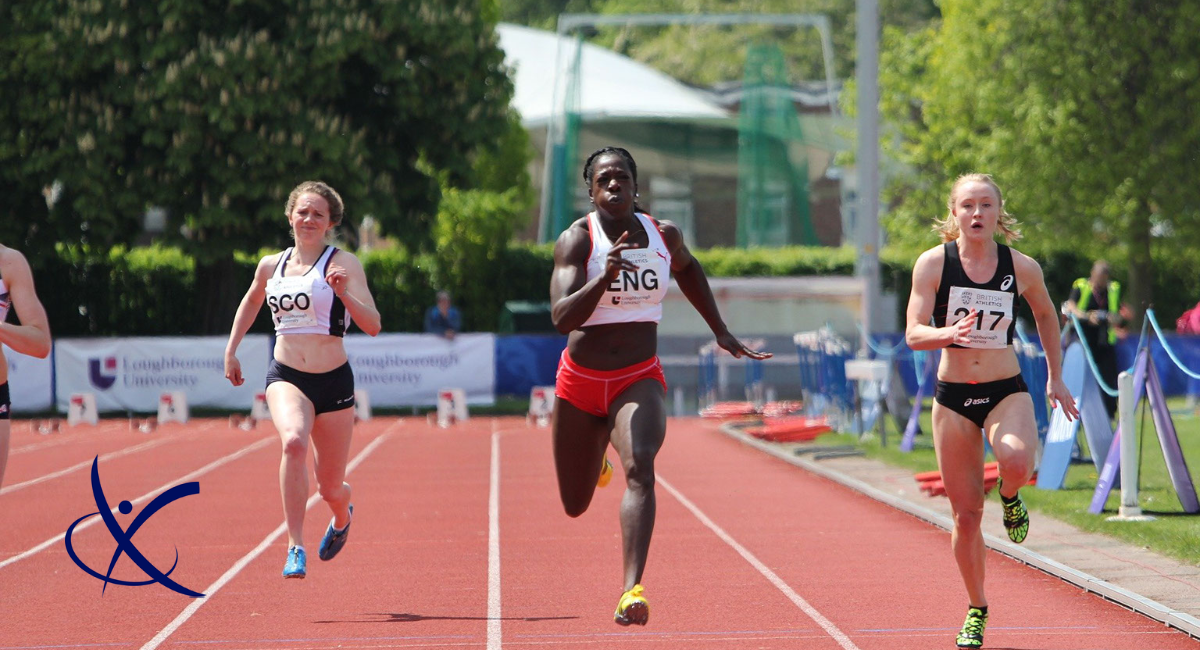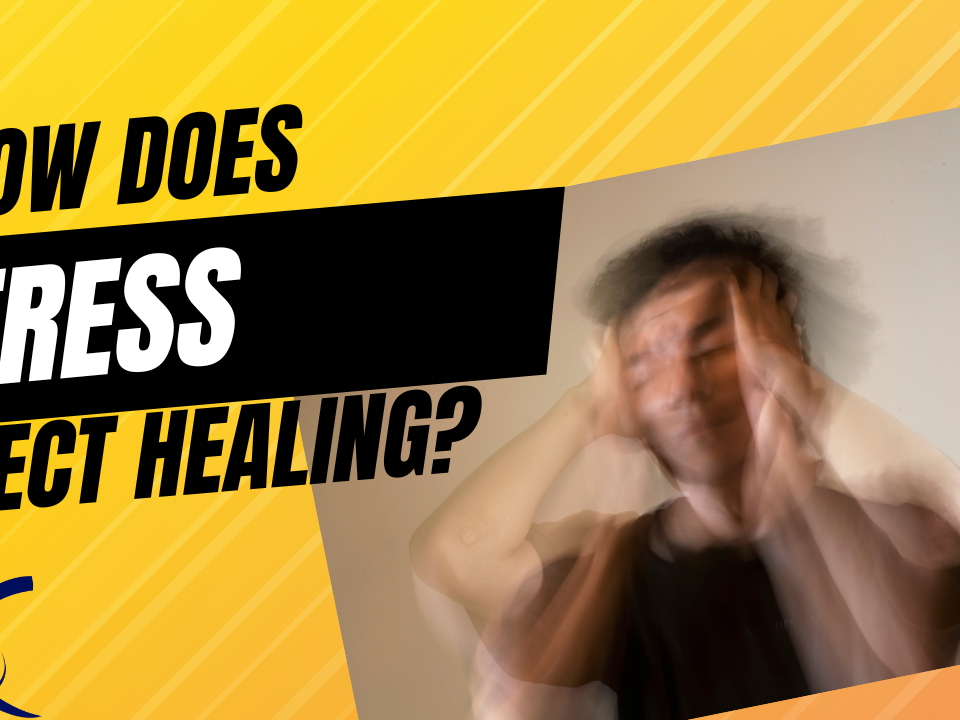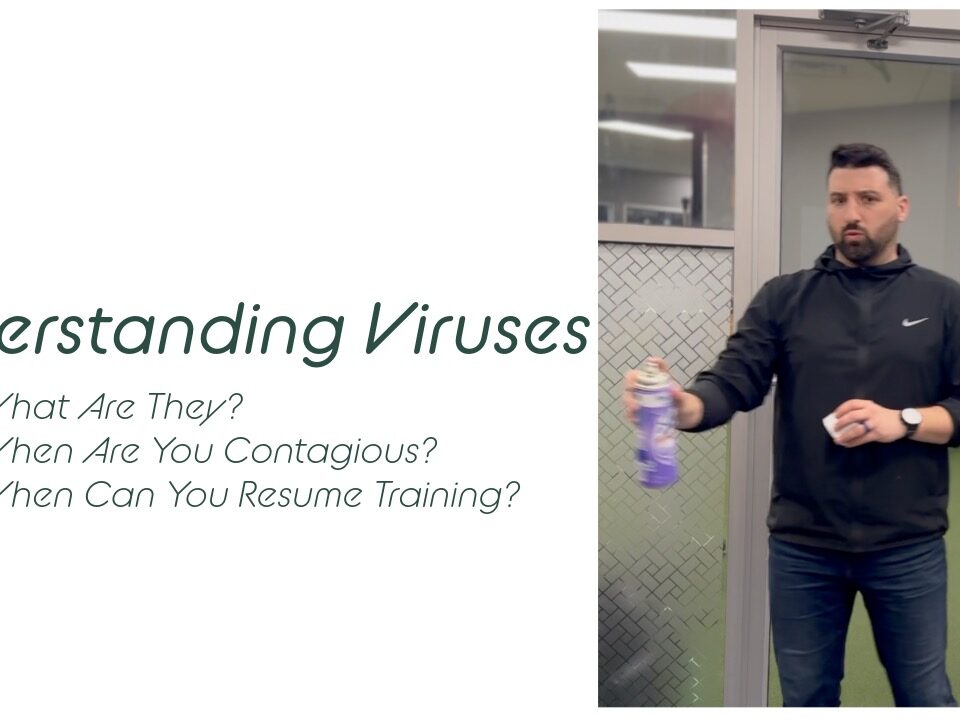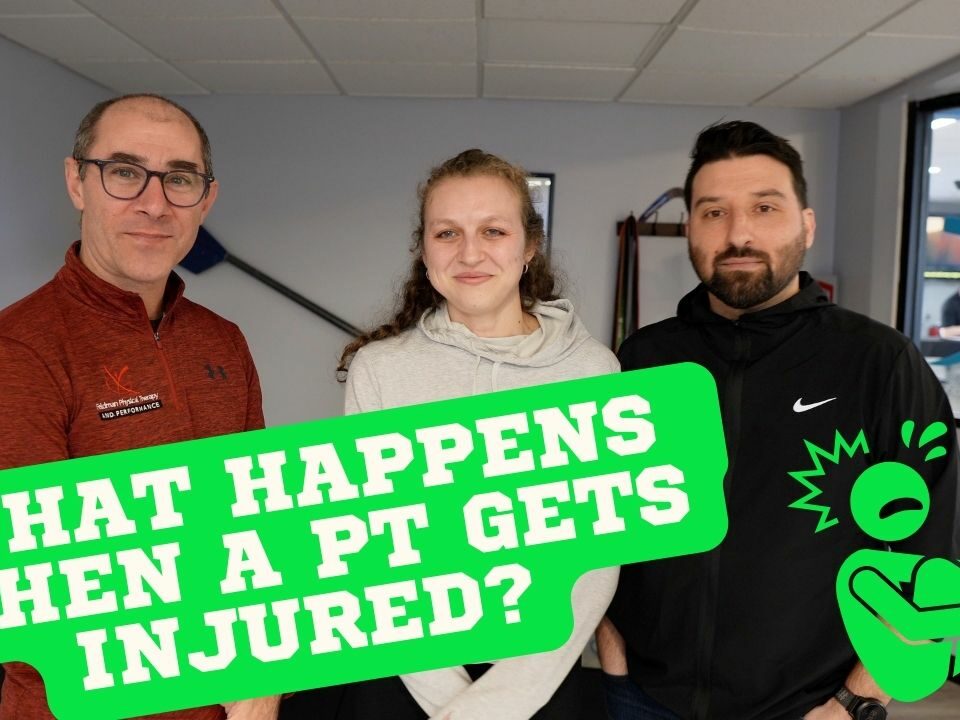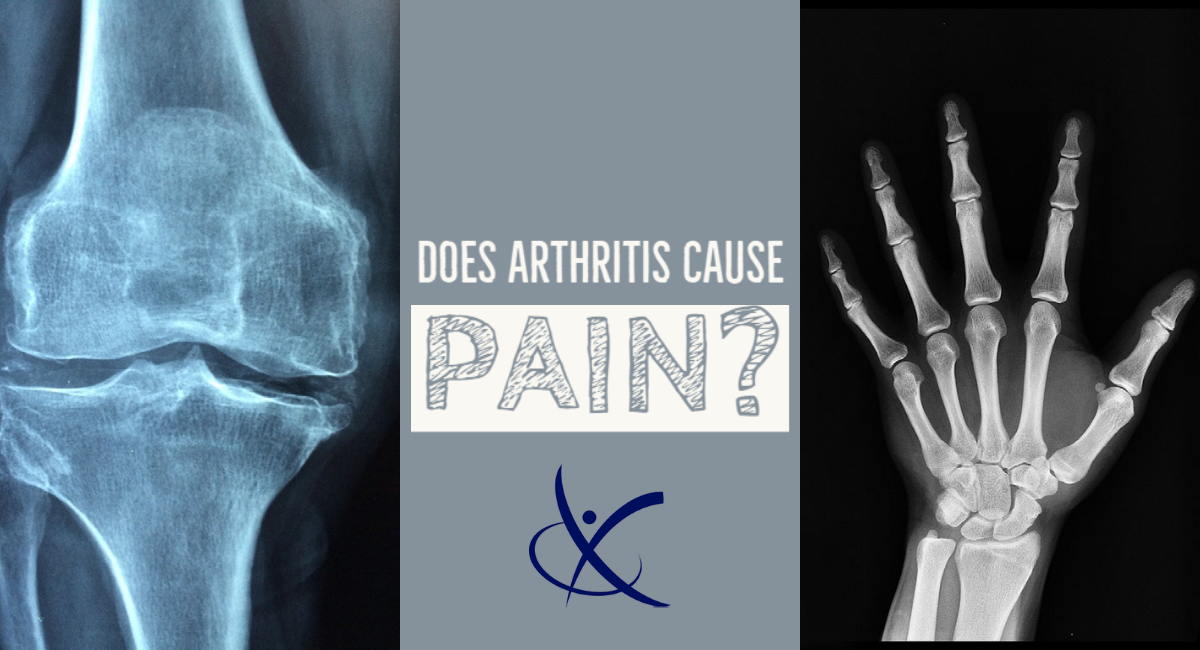
Why Your Arthritis May Not Be the Pain Culprit
December 14, 2020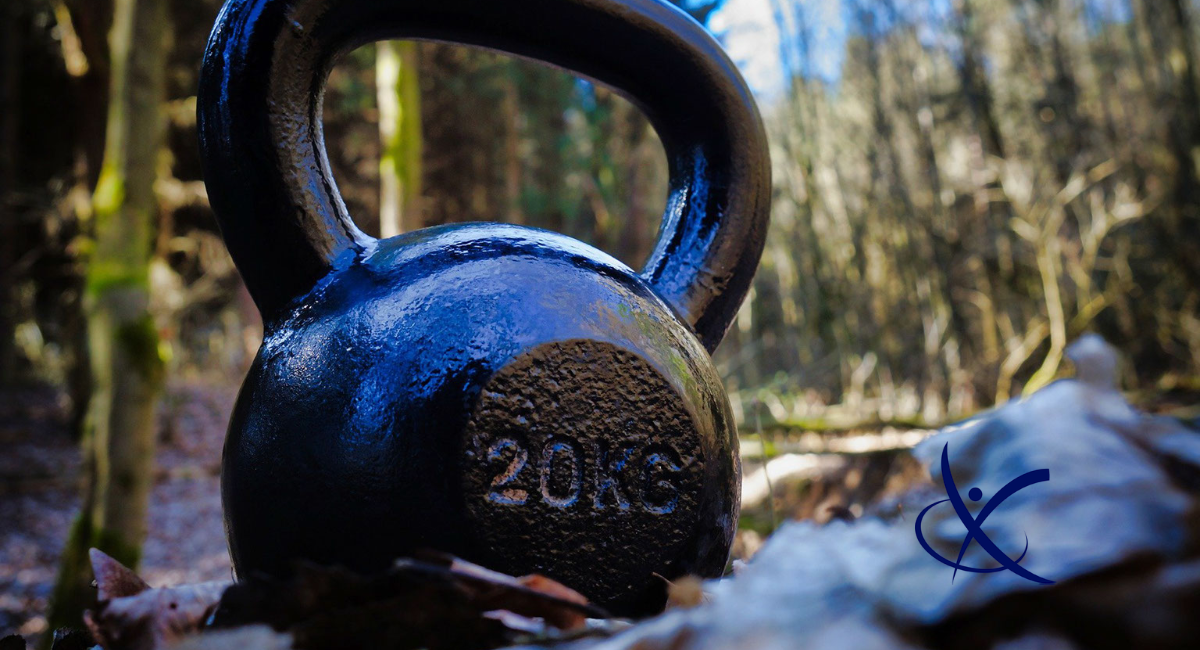
How to Master the Kettlebell Swing
January 3, 2021A Sprinter’s Guide to Running Faster
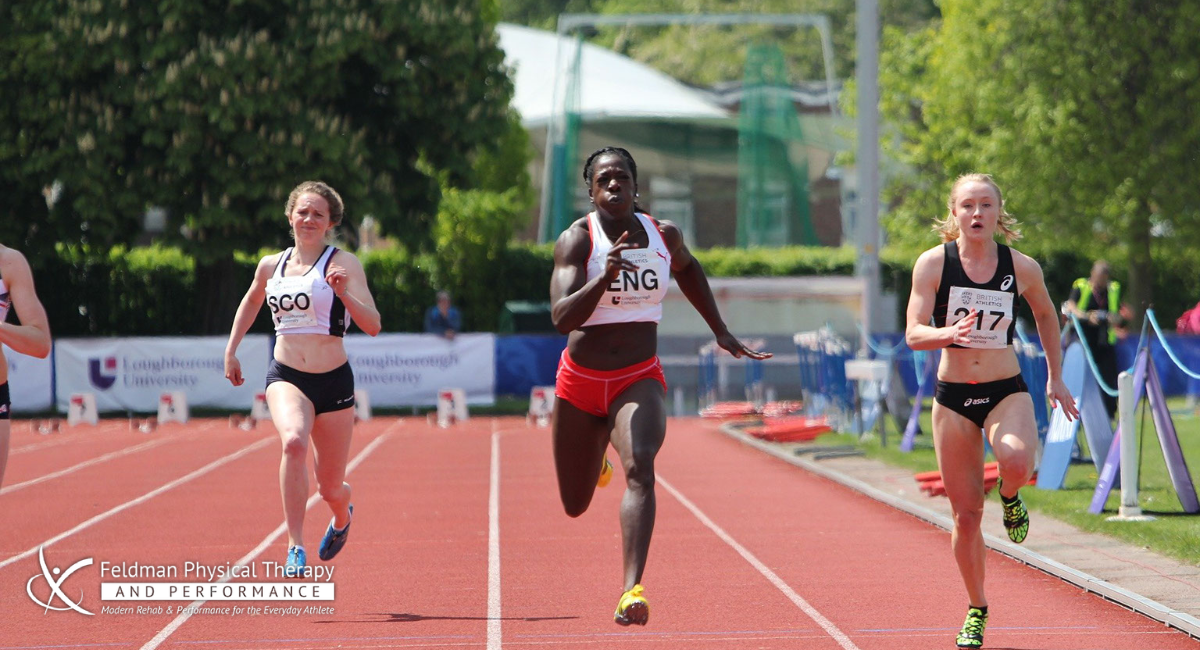 Confession: I hate running. (Don’t tell John.)a
Confession: I hate running. (Don’t tell John.)a
The good news for those of you out there cringing at such a controversial statement is: I love sprinting. Shoutout to everyone who immediately thought of Usain Bolt—thank you for likening me to him in some small way.
I love running fast. And who doesn’t want to be faster? Whether you’re a runner who loves running, a runner who hates running, or a non-runner looking to improve your sprint speed (I’m looking at you, soccer, rugby, and football), here are some simple things to focus on to make you a faster runner.
The idea behind sprinting is power. What exactly is power, you ask? In the exercise world, power boils down to work over time or the speed at which strength is produced. Think of how quickly a sprinter needs to push force into the ground to launch herself forward with each step.
If she doesn’t push quickly enough, she’ll end up bounding like Neil Armstrong on the moon.

If she doesn’t push hard enough, she’ll end up running in place.
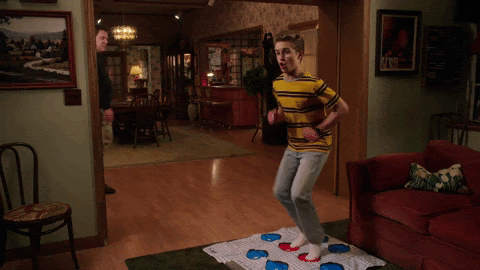
I think we can all agree that this isn’t what we want to look like during our kick in the homestretch of a 10K or when we’re on that breakaway run to score a game-winning try. No, we would rather look like Usain Bolt peeling away from the pack, gloating in celebration because we’re just that fast.
A lot of sprinters (and runners) focus on technique as a means of getting faster. While the technique is important, at the end of the day it will only make your stride look pretty—not fast. Power is the key. Doing exercises that combine strength and speed will help you increase your turnover and drive (read: faster).
So which muscles are these exercises supposed to target? It’s no surprise that sprinting uses the same muscles as running: hip flexors, quads, glutes, hamstrings, and calves. The hip flexors and quads lift the leg in front of you; the higher the thigh gets, the harder you can push down into the ground and launch yourself forward with those glutes, hamstrings, and calves.
You runners out there might be saying, “Great! I already have toned hips, thighs, and calves. I should be all set!” Well, the truth is, muscles respond differently to running than they do to sprinting. That’s because of slow-twitch and fast-twitch muscle fibers; speed is the raison d’être of fast-twitch fibers, and they respond to specific training. So how can you activate those fast-twitch fibers during your final kick of a 5K? You guessed it: power training.
But will power training ruin your endurance? No. It will not. If you sprinkle in a few strength days throughout your training week, you will see improvements in your mile splits (and a reduced risk of injury). If you sprinkle in a few power exercises, you will raise your top speed.
So then what does a power exercise look like? Explosiveness. Plyometrics. Start with a basic strength exercise that targets the hips, thighs, and calves. Then add weight. Then add a tempo. Then add explosiveness. Here’s an example: take your basic squat and give it a kettlebell. Once you’ve mastered a weighted squat, do it with a pace—one second to squat down and one second to stand up again. Finally, advance to an unweighted squat jump. Those fast-twitch fibers will eat that right up!
But let’s not forget that these exercises should be unique to running. All I mean by that is runners don’t necessarily need to be out there flipping tires or power cleaning. For one, both those exercises have the athlete in a squat position, which means our feet are even. While double-limb exercises are excellent foundational exercises, running-specific exercises will look more like split-leg or single-leg variations. If we ran with even feet, we’d be bunny hopping or frog jumping everywhere. Instead, we run with one foot in front of the other, right? It’s exercises like split-squat jumps, step-ups, and Bulgarian lunges where we can put ourselves in positions that look like running. Even better, these exercises also let us load our legs and core by adding in kettlebells, dumbbells, barbells, etc. That way, we work on our strength in a running position. Add in a speed component or explosiveness, and you get a power exercise.
Keep in mind that it’s important to have strength before you train for power; in other words, don’t do split-squat jumps until you can do loaded split-squats.
Add on the poundage before jumping into plyometrics.
And never forget the importance of a warmup before high-intensity exercises like these!
It takes time to gain power and ultimately speed, and you need to take the necessary steps in the necessary order or you run the risk of injury. Sprinters aren’t born overnight, and I’m sure you runners out there can appreciate that it’s a long road to improving strength, speed, and finally power. But, in the long run, isn’t faster better?
Good luck and Godspeed!
Chelsea Montello, SPT
Marist College DPT Class of 2021


